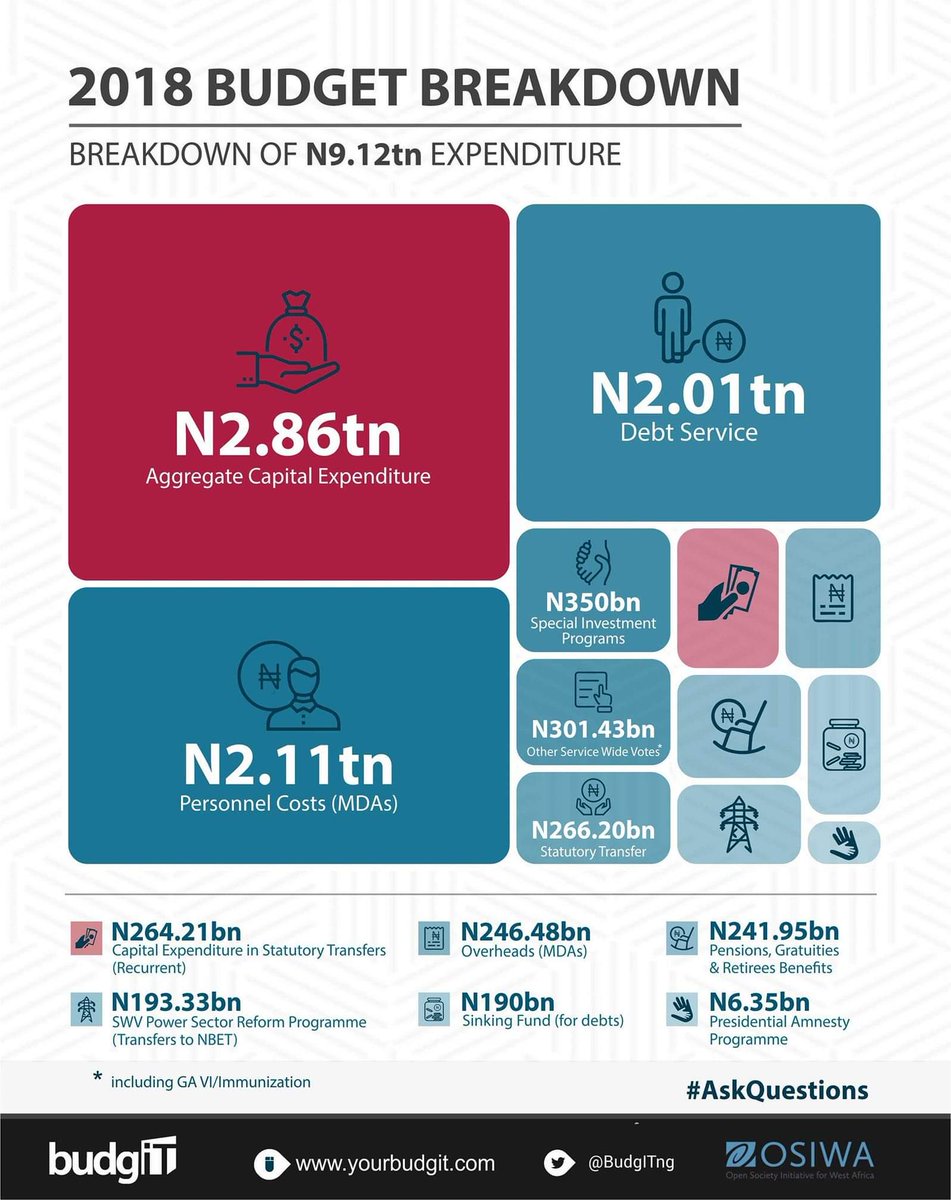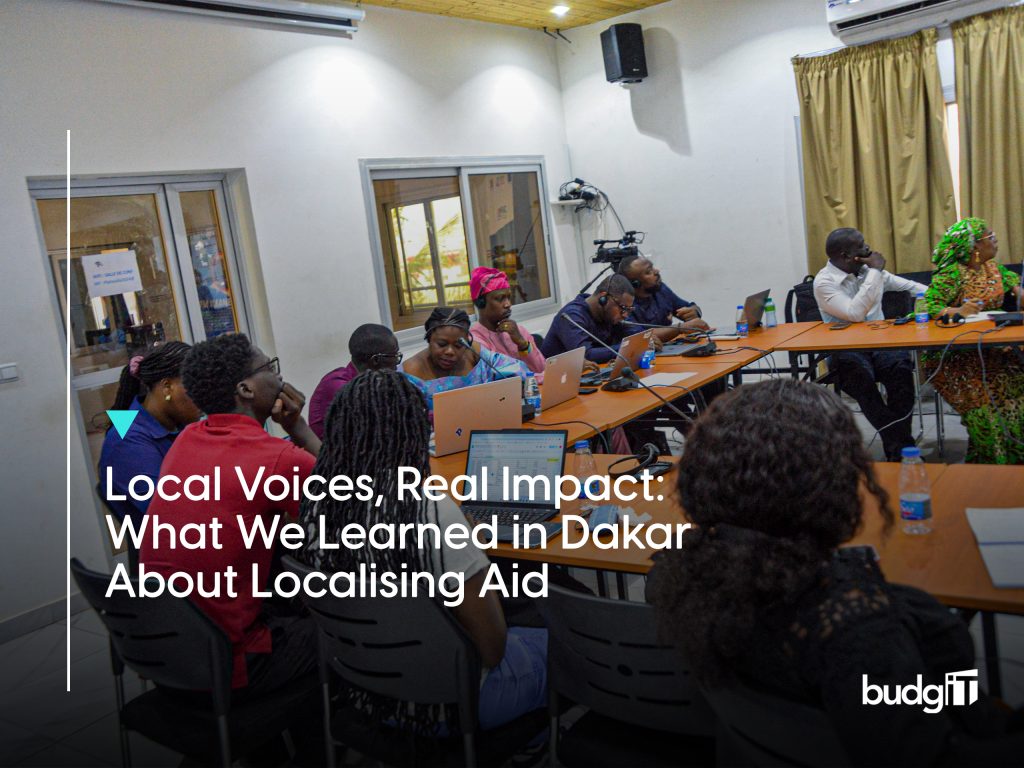BudgIT decries the masking of several opaque administrative items as capital projects just to shore up the percentage of the capital component in the 2018 budget. A recent analysis by BudgIT shows that approximately N744.48bn or 42.9% of the N1.73tn capital line items under the direct supervision of ministries, departments and agencies (MDAs) will go into administrative items which include the procurement of cars, retrofitting of government offices, training, consultancies, purchase of furniture and computers and so on. Given that the funds marked for capital expenditure will be largely borrowed (as highlighted in the proposed 2018 budget), it is disheartening to discover that most line items therein show a great disconnect from the developmental goals of government, as stated in its Economic Recovery and Growth Plan (ERGP).
In a pre-election year, we would have expected that capital projects will be solely devoted to projects with direct developmental impact on the larger population. We have seen several items included in the capital budget that should ordinarily have been excluded given the tight fiscal condition and meagre economic growth. Most of the administrative capital items as shown in our research analysis will benefit less than 1% of its populace – politicians and civil servants.
Our scope of developmental capital projects as urgently needed should include the acquisition, upgrading, construction and maintaining of physical assets such as hospital, schools, roads, railways, power plants, street lights, boreholes among others. In contrast, administrative capital items are projects that cannot be easily accessed by the general public and have very little or no developmental impact on the population.
We also notice the fragmentation of capital items as 94.7% of the 9331 line capital items in the 2018 proposed budget have monetary values below N500mn each. These capital items are accompanied with vague descriptions that will prove difficult to monitor or track in physical and auditing terms.
Only 26% of capital allocations to the ministries of Health, Education, Agriculture, Transportation, Niger Delta, Water resources, Science, Works, Power and Housing are trackable, and/or can be directly linked to the written, medium-term aspirations of the government as highlighted in the Economic Recovery and Growth Plan.
Across the board, a significant amount of capital allocated in the 2018 budget falls under certain generically-named items which have no detailed description and do not communicate the number of beneficiaries of such items. It is common to find the following entries in the budget of every Ministry, Department and Agency of government: – Welfare packages, Sporting activities, Drugs and Medical Supplies, Medical expenses, Software acquisition, Monitoring and Evaluation, Budget Preparation, Access to Credit, Food & Agricultural policies, Budget Preparation and International Training etc.
This system of budgeting with “one-liners” without details, gives room for financial indiscretion and the potential abuse of funds. It is antithetical to what the government continually professes to stand for.
Most crucial is that the Federal Government is yet to come out plainly on the amounts spent on Capital items in the 2016 and 2017 financial years. While the Ministry of Finance repeatedly claims a sum totalling N1.2tn has been released, the Budget Implementation Reports released by the Budget office of the Federation show otherwise. Repeated letters to seek clarification on details of the projects funded have not been honoured by the Ministry of Finance. We place on record the disdain shown by the Ministry of Finance for accountability.
Overall, we believe that the 2018 budget proposal will need proper interrogation from all stakeholders. It is also important for the National Assembly and Executive to significantly reduce the administrative component of the budget and direct funds towards improving education, health and other critical infrastructure.



